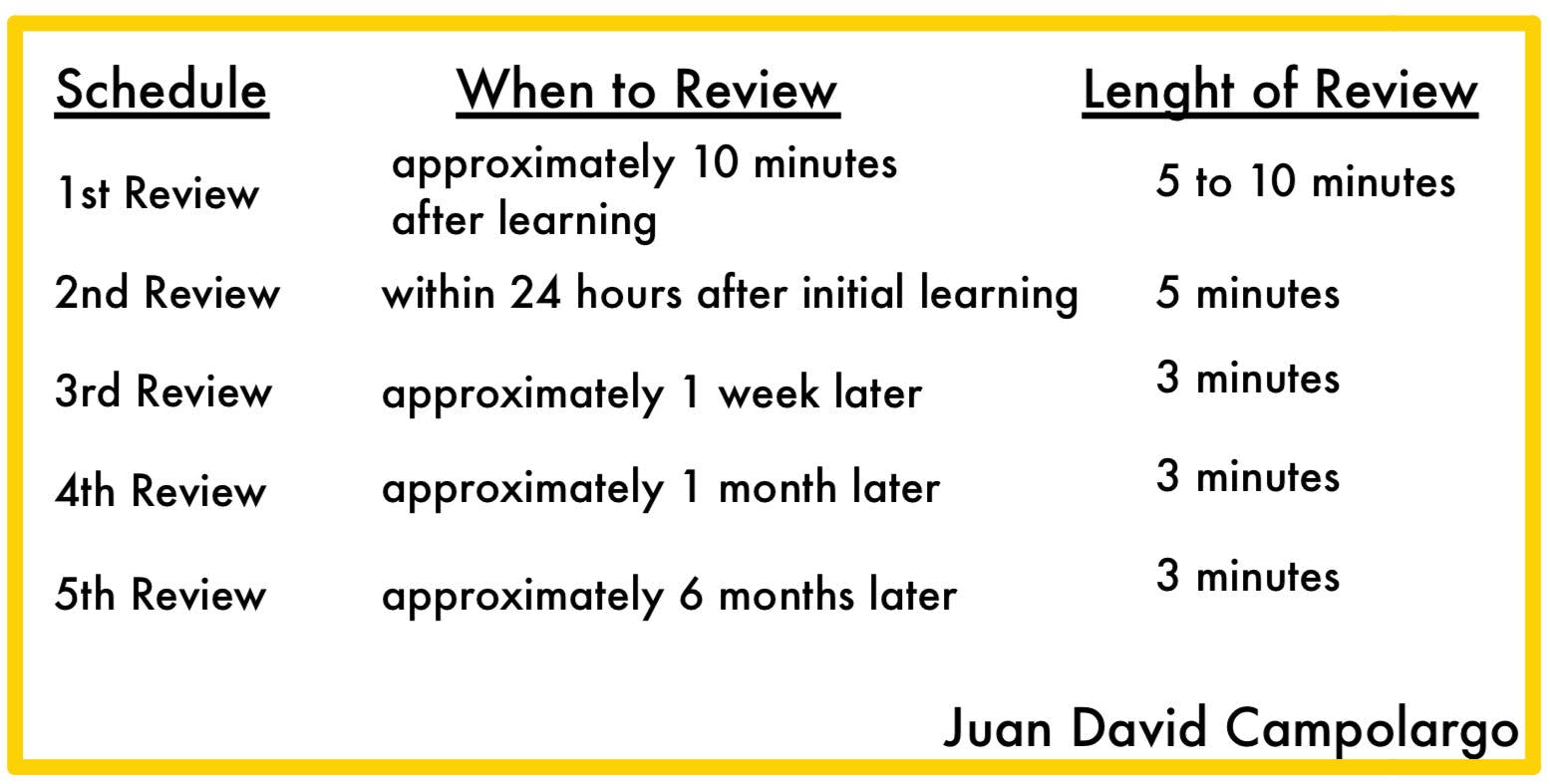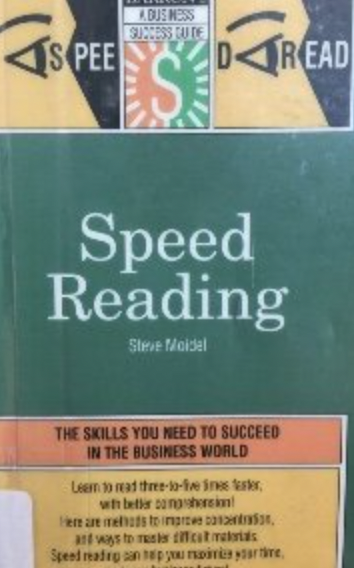The Hidden 30-Year-Old Rules Before Reading or Studying
In 2017, I had just learned English and had found this place where there were free books called the library. I got a membership and checked out four or five books. I finished reading them in the next six months and I could not believe how good these books were.
I wanted to read more and I could not stand to read just one book every month or so because 1) it was too slow, 2) I’d get bored, 3) There are too many good books. What did I do? I went back to the library and picked up one of the most influential books I’ve ever read titled Speed Reading by Steve Moidel.
This book wasn’t about Speed Reading but about focus, learning how to learn, space-repetition, and memory. And sure, you can learn to read faster [1].
Speed Reading allowed me to devour books and learn to maximize my learning. In this essay, I will share the strategies and exercises you can do before reading or studying any topic. I learned these strategies from Steve Moidel and I’d suggest you check out Speed Reading.
Here we go!
-
Break the book, page-turning, hand motion.
-
Break the book: take the front and back covers of the book and run your index as close to the center binding as you can. And then separate to 7-8 pages.
-
-
Have the proper mindset: Avoid saying phrases such as “It's boring,” or “It’s too hard, I won’t understand.”
-
TELL yourself positive phrases such as “I will understand this,” and “I will work hard to master it.”
- Then visualize yourself writing all the main points of what you’ll be reading or studying and using that information in the future.
-
-
See the end result, ask yourself WHY you are doing it.
-
Organize your workspace
-
If you don't like a project, replace the word interest with motivation.
-
MAKE a habit to use the deep-breathing or the melting snowman exercise before studying or reading (GREAT for focus).
-
Deep Breathing: Take three deep breaths
-
Melting Snowman: Visualize a snowman, make it as vivid and as real as you can. While you visualize your snowman, count backward from 50 to 0.
- There’s no right way. Let your imagination go wild.
-
-
The RWAP Study System
-
8 steps
-
Let’s dive into this one more deeply because this is one of the most interesting yet hidden study systems (it’s not even on Google, well...now it is).
-
The RWAP Study System
Step 1 - The Overview
Get an overview of what you are about to read. Read the following: the front, the back, table of contents, information about the author, preface, introduction, and conclusion
Next, move through the material quickly using the Horseshoe or Question Mark Hand Motion to observe the book's structure. Ask yourself: Does your book have subtitles, pictures, charts, chapter summaries, or any important details?
Step 2 - Determine your purpose
Ask yourself why you are reading the material and what you need to get out of it. It has to be specific. Are you reading the material for an exam, presentation, background knowledge?
If you're reading for an exam, be specific about what kind of exam. Does your teacher test from the lecture, or worksheets?
Tell your mind exactly what you want.
Step 3 - Manageable sections
-
Block off only a manageable section at a time using two paper clips, divide the sections into 3 to 5 pages.
-
Work exclusively in that small part, telling yourself that this is all you have to read for the time being.
-
When you finish, allow yourself a short break as a reward
-
Now mark off your next manageable section
-
Repeat the entire process until you have completed the process
Step 4 - Pre-read for main ideas
Read quickly to locate main ideas such as charts, images, and summaries, conclusions, among others.
There are two parts of pre-read: General and Specific.
-
General pre-read: focuses on finding the main ideas from the chapter. From the overview, summary, conclusion, or questions at the end of the chapter.
-
Specific pre-read: the purpose is to find main ideas fast in the most obvious places like charts, graphs, italicized areas. When you finish reading, write in your own words the main points you recall.
Step 5 - Read for details
Once you've completed your pre-read, you have enough information to focus your mind. Use the main points you wrote down and turn them into mental questions. Read actively to meet your purpose and DO NOT stop on difficult reads because it will be easier when you come back.
Step 6 - Summarize in your own words
After reading each manageable section, write a summary in your own words on a sheet of paper using the slash memory tree or a blank sheet of paper.
Step 7 - Post-read
It's a final check over the entire reading before moving on. The purpose is to see how all the pieces fit together as a whole or to look for the information you have missed.
DO THE POST-READ from the end of the reading to the beginning. Scan through it quickly and slow down for areas you don't understand.
Step 8 - Review at space intervals
To move the information from short-term memory to long-term memory, you must review the materials at spaced intervals. The following system is the most effective:

I would have never thought an old smelly and tiny book I found in the library would change me into a person characterized by a passion for learning and a passion for curiosity.
I’m glad I found this book early in my life, and I’m glad I’m showing it to you right now!

Notes
[1] Speed reading is like a car that depending on the area, you can go fast or slow. If you’re on the highway is because you have experience with the topic (faster) but if you’re in a school zone, slow down and take the time (slower).
Speed reading isn’t just about reading faster but learning to understand and comprehend the material.
If you’re into interesting ideas (like the one you just read), join my Weekly Memos., and I’ll send you new essays right when they come out.